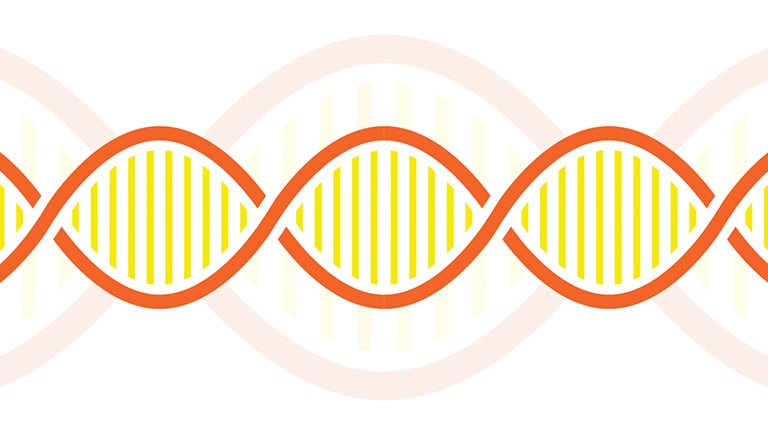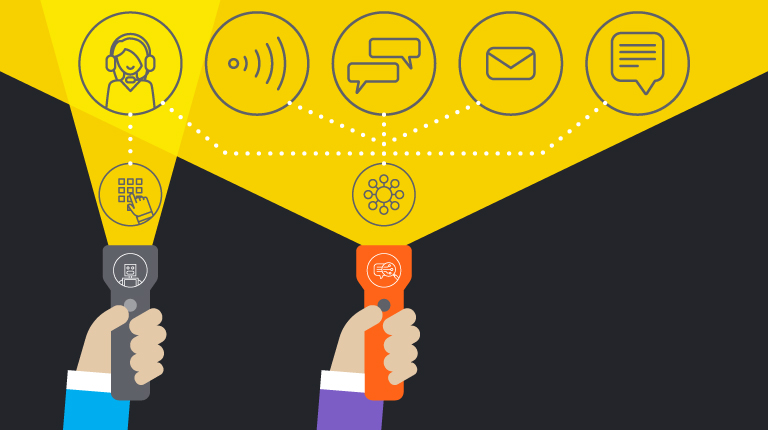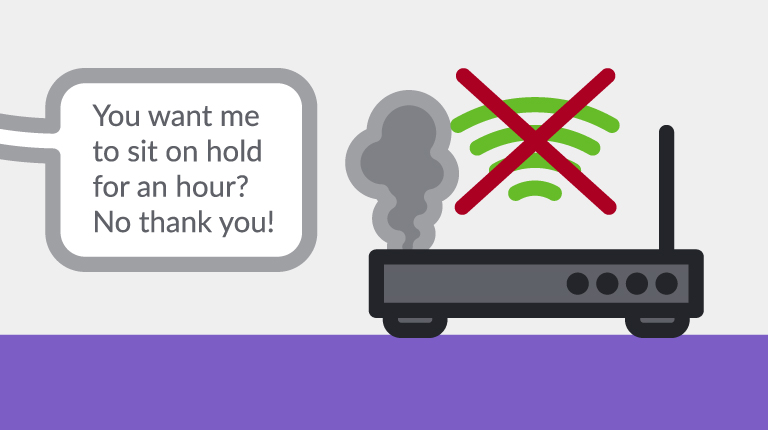The world of customer care is constantly evolving, as consumer preferences shift and new technologies become available. What’s become apparent recently, however, is that consumers’ level of comfort with automated customer care systems is changing. In a recent research report run by Interactions, results showed that while an overwhelming 79% of respondents had used the phone to contact customer service in the past, other channels are also gaining pace. For example, 60% of respondents have used email to contact a company, while 34% have used web chat and 12% have used text messaging.
Beyond that, respondents also indicated that they would be comfortable trying other automated channels that they have not used in the past. While 75% said that they would try using email if available, 46% said they would try web chat, 37% would try text messaging, and 18% would try social media.
All of this research points to a consumer base that is ready and willing to embrace new technological advancements in customer care. However, more often than not, consumers tend to utilize the same methods of contact for customer care despite what they say they would be willing to try. When asked why they selected a particular channel, 28% of respondents said this was the most convenient method, 26% said this was their preferred contact method, and 17% said that this was the easiest method given the complexity of their issue.
The Human Touch
Regardless of the channel used, 86% of consumers say they start their customer service interactions with the goal of reaching a human. Beyond that, only 24% feel that they can resolve an issue just as effectively through any automated system as by speaking with a human. Which is interesting, given that 83% of respondents agreed that when they start a customer service interaction, their goal is to get their issue resolve as quickly as possible regardless of whether or not they interact with a human. So while consumers are still skeptical about whether automated systems can resolve issues as effectively as live agents, they are still ultimately interested in finding the quickest and easiest route to resolving their issues
The Business Impact
So what does this mean for your business? Traditional automated care systems have taught them that it’s difficult and even frustrating to accomplish the simplest of tasks when dealing with menu-based automated systems. But that doesn’t have to be the case. Modern customer care systems can enable consumers to speak in their own voices—to accomplish more in less time and reduce frustration. In an age where your customer service reputation can make or break your ability to attract and retain customers, investing in the right kind of automated customer care system can be the difference between remaining competitive and appearing outdated.
To learn more and view the full results of this study, download our latest whitepaper ‘The Current State of Customer Care’.





